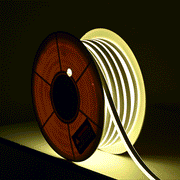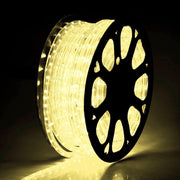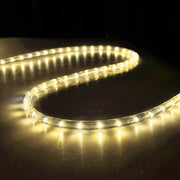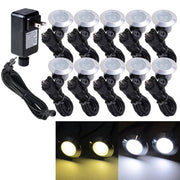DIY Electric Bikes
When you’ve finally had enough of sitting in miles of traffic, watching car exhaust float off into the atmosphere, and you’re r...
Remodeling your bathroom
When undertaking this stressful and costly task, you absolutely must start with a budget. With the right budget, you immediate...
Hanging Art
Hanging art is an art. Heck, decorating is an art all unto itself, so it only follows that one must have an artistic sensibili...
Make your home value rise
If you own a home, you’re in pretty good shape. Though the housing market has its ups and downs as we all well know, by and la...
Planning your home for the future
There’s planning for the future you want and then there is planning for the future that is coming. If you ever think of your a...
A Quick Guide To Soldering Stations
Knowing how to solder is a must for any true DIY'er and its a lot easier than you think! Check out this beginners guide to so...
Picking a Paint Color for Your Walls
If you think back to your 6th grade art class, you might remember seeing a poster of the color wheel on the wall. May...
Keeping Out the Cold
The recent flight of families from the suburbs and back into the heart of cities has meant that many people are living in older...
Hang Your Pictures without the Hang Ups
If home projects aren’t your thing and trying to hang photos and artwork seems more like a terrible task than a fun Saturday af...
Cleaning Your Ear Buds
Over the past decade, most people have made the change over from big, bulky headphones to wearing tiny buds that fit right insi...
The Right Way to Use Your Storage Rental Space
If you’re an apartment dweller, or even a homeowner who just happens to be short on space, you probably have your own storage s...
Creating a Beautiful and Functional Border for Your Garden
When you decided to take up gardening, the last thing you probably considered was what you would use to enclose your space. Y...









